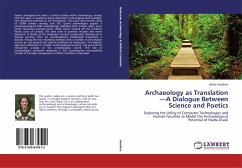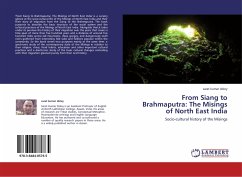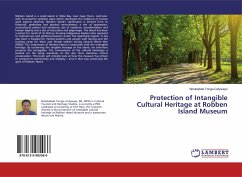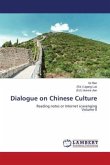Search strategies have been a central activity within archaeology, varying with the types of questions being addressed, technological tools available, and theoretical proclivity of the investigator. This book will test the utility of LiDAR remote sensing and GIS spatial technologies against a phenomenological field methodology. Modeled lands include select areas within Northeast Graham Island, Haida Gwaii, located off the northern Pacific coast of Canada. The time scale in question includes the entire Holocene. A history of the landscape concept is evaluated, fleshing out a decisive working term. An Interdisciplinary Multilogical Framework is devised, linking the two modeling methods with a breadth of information sources on the physical and cultural attributes of landscapes. This dialectic approach culminates in a holistic anthropological practice, and grounds for interpretive analysis of the archaeological record. The role of archaeological predictive modeling in the contemporary socio-political context of heritage management in British Columbia is discussed.
Bitte wählen Sie Ihr Anliegen aus.
Rechnungen
Retourenschein anfordern
Bestellstatus
Storno








